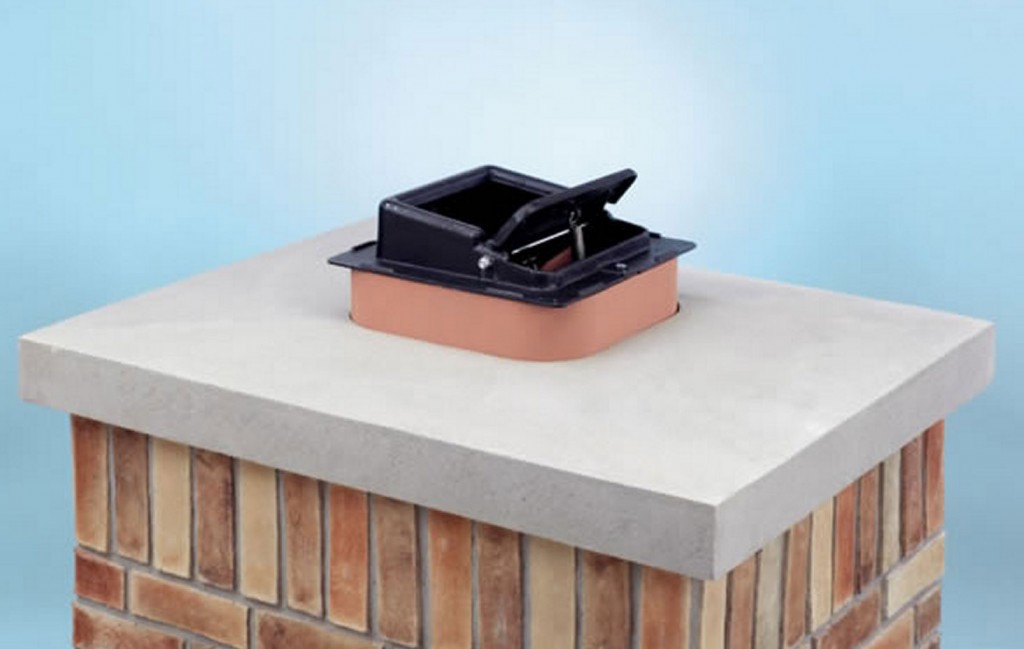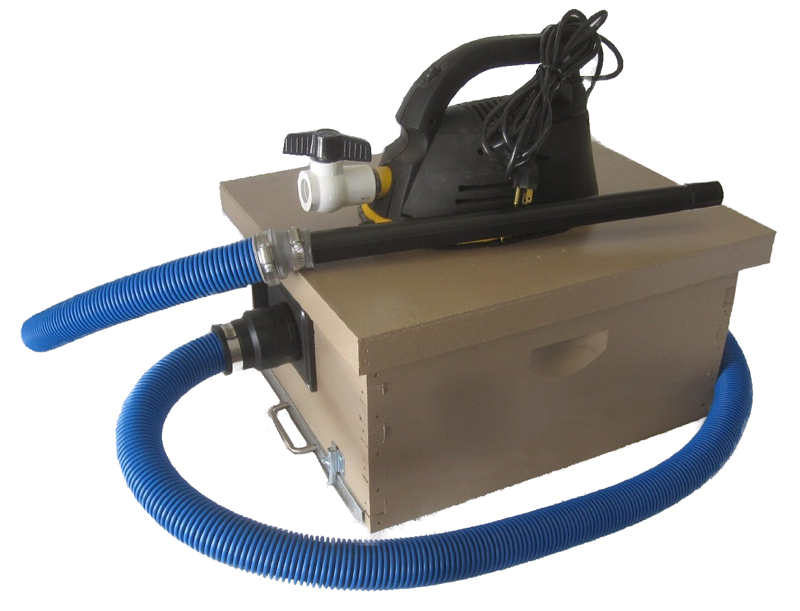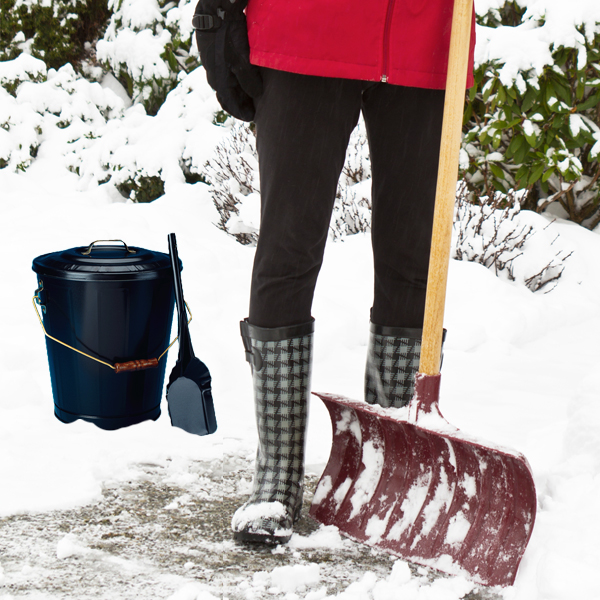by Tom
Share
by Tom
Share

Anyone who has bees or wasps in their chimney knows they are not the best of house guests. One of the ways they can enter your home is through the chimney.
Newly swarming bees looking for a place to call home can be discouraged from relocating to your chimney by your lighting a fire in the fireplace, as the bees will want to avoid any smoke. You may need to keep a small fire burning around the clock for two or three days. But note that this is not the way to get an established hive out of your chimney! Remember, the beeswax of honeybee hives is used for candle-making because it burns easily. Lighting a fire in a chimney with a hive in it is asking for a disaster!
So how do you get an established bee hive out of a chimney? The best solution is to call a chimney sweep who is also experienced in bee rescue. Because bees are so essential to food production both for humans and animals, you do not want a chimney sweep who will kill your bees. Instead, look for a sweep who knows how to relocate the hive.
Alternatively, find a beekeeper or experienced bee rescuer who knows how to free your chimney of bees without harming the bees. Your local agricultural extension agent may know people who will do the bee rescue (but not the subsequent chimney clean-up) for free.
The most successful common method of removing bees from a chimney involves first briefly blocking the fireplace opening inside the house. This keeps the bees from using your home as an escape path.
Then a box hive-like trap with an opening, called a trap out, is firmly affixed to the chimney. An exit-only funnel directs the bees from the chimney and into the trap out. It will likely take a few weeks for all of the bees to relocate out of your chimney and into the trap out.
If you are looking for a quicker solution, you can use a bee vac. Yes, it does just what it sounds like it does.
Finally, when the bees are gone, a chimney sweep will need to clean your chimney, removing all traces of the hive and of the honeycomb and honey if they were honeybees. This is not a task most homeowners are equipped to do.
After you remove bees or wasps, the next step is to keep the bees and other flying insect from returning to the chimney! A top-of-the-flue sealing chimney damper, such as a Lyemance Damper, keeps all flying (as well as creeping and crawling) critters out of your chimney and home. They open when you use your fireplace to let the heat exhaust.

Lyemance Damper without Chimney Cap
They are also available with chimney caps that fit over the top-sealing dampers.
5 Ways to Prevent Chimney Leaks A leaking pipe, a leaking roof, a leaking window, a leaking chimney – none of them is good. Here are 5 ways make your chimney leak-proof and prevent chimney leaks. See how to fix chimney leaks and prevent them in, through and around your chimney. #1 Way to Prevent Chimney Leaks: Install a […]
When is a headache, nausea, and fatigue not “just the flu” and, instead, carbon monoxide poisoning? And how can you prevent carbon monoxide poisoning in your home? Every year 20,000 Americans are treated in emergency rooms for carbon monoxide poisoning. But many of those at first thought they were dealing with a run-of-the-mill bug. Those […]
Will fireplace ashes melt ice or just improve traction on ice? Are there advantages or disadvantages to using ashes instead of rock salt or other chemicals on snow and ice? What are the pros and cons of other de-icers compared with using fireplace ashes on icy surfaces? Will Fireplace Ashes Melt Ice and Snow? Fireplace ashes primarily provide […]
Nothing can completely prevent a Christmas tree or fireplace greenery from burning. But you can reduce the flammability of your Christmas trees and mantel greenery with these homemade or purchased fire retardants. Fire retardants prevent fires from starting and spreading, reduce or eliminate harmful smoke, and minimize fire damage. Some are made specifically for Christmas trees and […]





I live in an old log house with 3 fireplaces. Wasps have set up housekeeping in/around one of the chimneys. They are coming inside the house, although I have not seen one actually come in. I am killing 10-15 inside house daily. They get in grass around the chimney area. I and my dog have been stung several times. It is really not safe to be in that area when they are swarming. What can I do to get rid of them that is not extremely pricey? Thank you.
A top-sealing chimney cap would be well worth the investment to keep the wasps out of the chimney. If there is a wasps’ nest inside your chimney, a chimney sweep who is willing to take on the task or a pest control specialist may be a good choice for you.